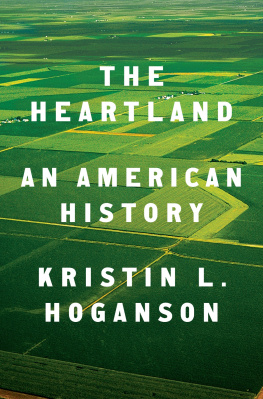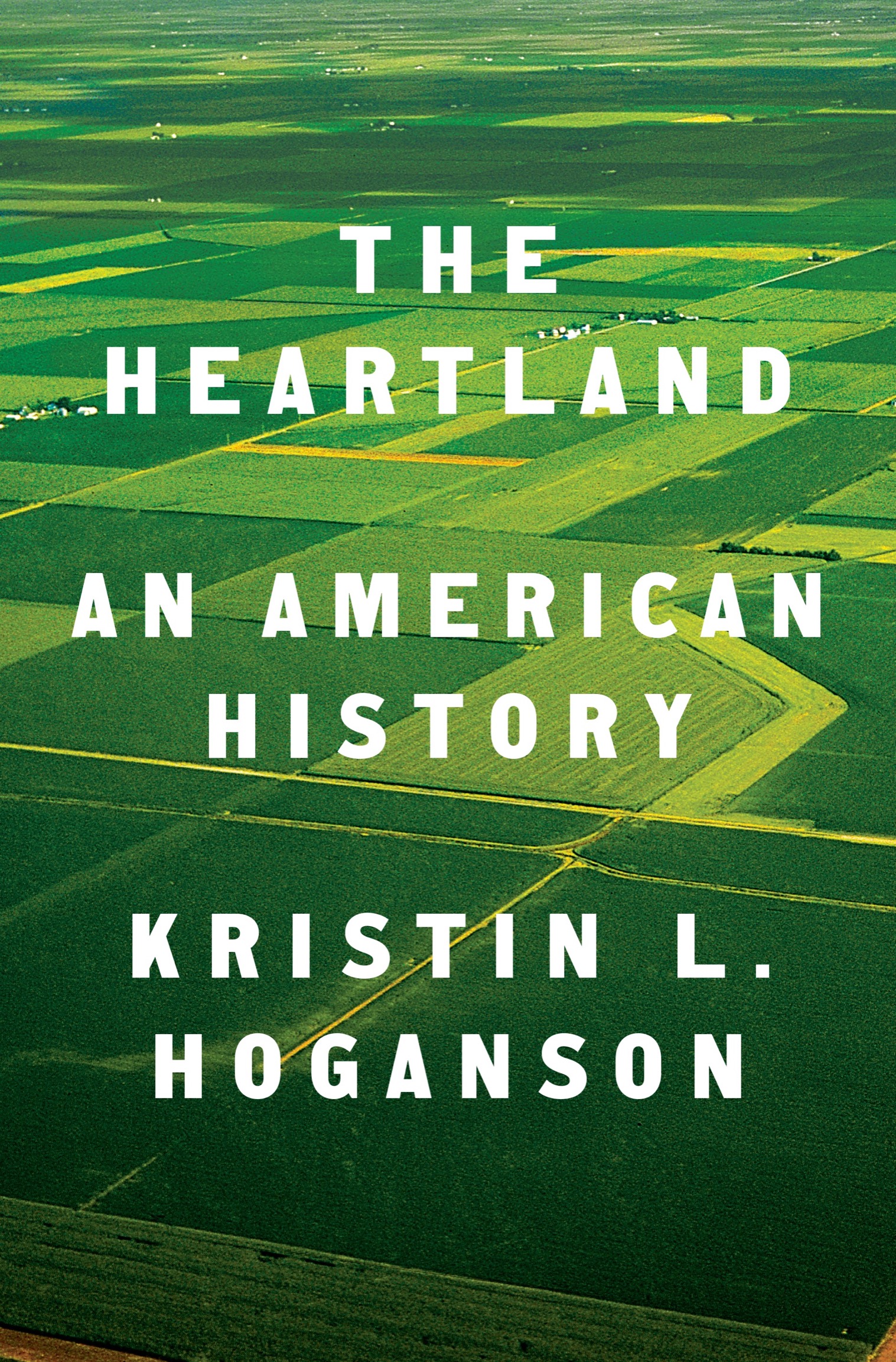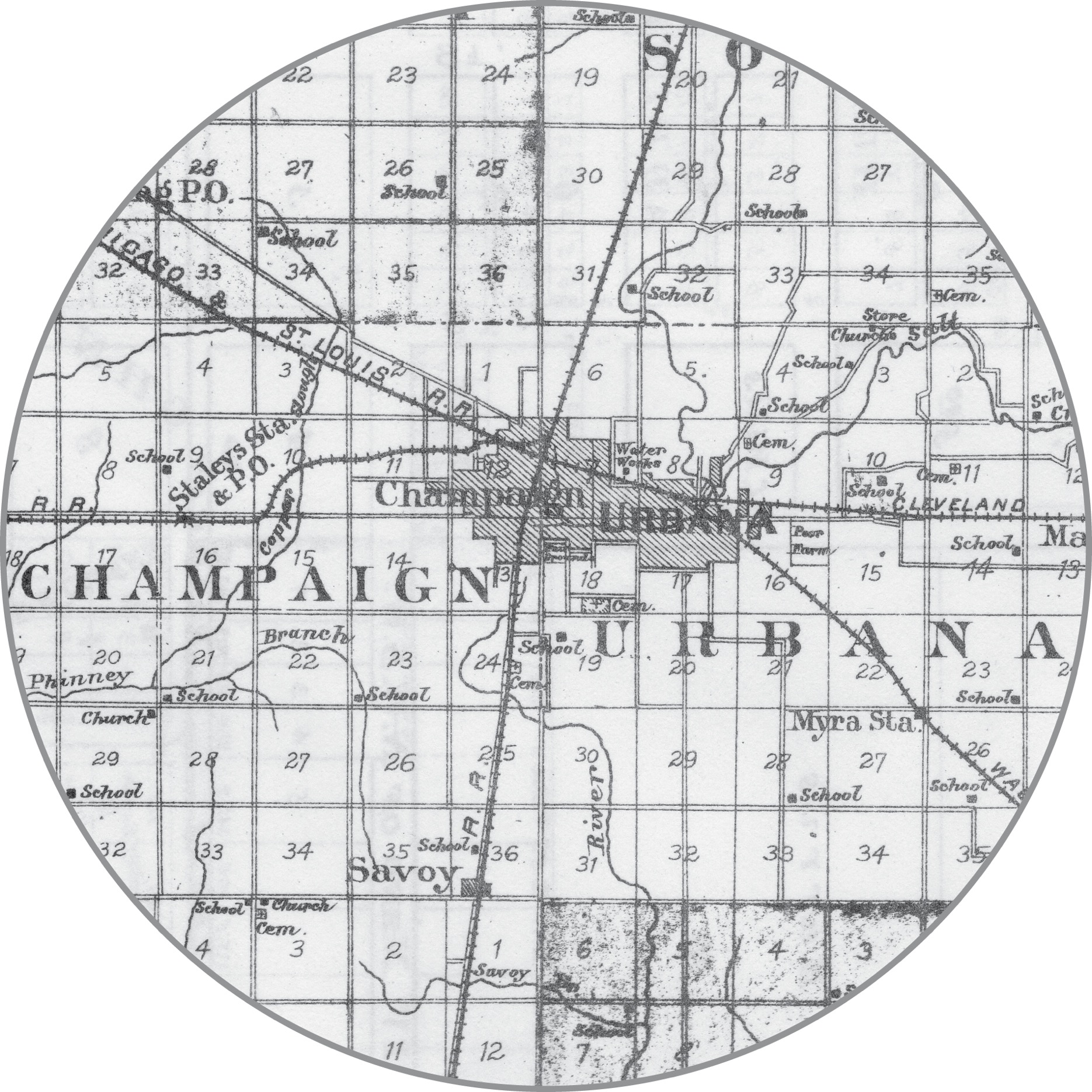Kristin L. Hoganson - The Heartland: An American History
Here you can read online Kristin L. Hoganson - The Heartland: An American History full text of the book (entire story) in english for free. Download pdf and epub, get meaning, cover and reviews about this ebook. year: 2019, publisher: Penguin Press, genre: History / Science. Description of the work, (preface) as well as reviews are available. Best literature library LitArk.com created for fans of good reading and offers a wide selection of genres:
Romance novel
Science fiction
Adventure
Detective
Science
History
Home and family
Prose
Art
Politics
Computer
Non-fiction
Religion
Business
Children
Humor
Choose a favorite category and find really read worthwhile books. Enjoy immersion in the world of imagination, feel the emotions of the characters or learn something new for yourself, make an fascinating discovery.
- Book:The Heartland: An American History
- Author:
- Publisher:Penguin Press
- Genre:
- Year:2019
- Rating:4 / 5
- Favourites:Add to favourites
- Your mark:
The Heartland: An American History: summary, description and annotation
We offer to read an annotation, description, summary or preface (depends on what the author of the book "The Heartland: An American History" wrote himself). If you haven't found the necessary information about the book — write in the comments, we will try to find it.
When Kristin L. Hoganson arrived in Champaign, Illinois, after teaching at Harvard, studying at Yale, and living in the D.C. metro area with various stints overseas, she expected to find her new home, well, isolated. Even provincial. After all, she had landed in the American heartland, a place where the nations identity exists in its pristine form. Or so we have been taught to believe. Struck by the gap between reputation and reality, she determined to get to the bottom of history and myth. The deeper she dug into the making of the modern heartland, the wider her story became as she realized that shed uncovered an unheralded crossroads of people, commerce, and ideas. But the really interesting thing, Hoganson found, was that over the course of American history, even as the regions connections with the rest of the planet became increasingly dense and intricate, the idea of the rural Midwest as a steadfast heartland became a stronger and more stubbornly immovable myth. In enshrining a symbolic heart, the American people have repressed the kinds of stories that Hoganson tells, of sweeping breadth and depth and soul.
InThe Heartland, Kristin L. Hoganson drills deep into the center of the country, only to find a global story in the resulting core sample. Deftly navigating the disconnect between history and myth, she tracks both the backstory of this region and the evolution of the idea of an unalloyed heart at the center of the land. A provocative and highly original work of historical scholarship,The Heartlandspeaks volumes about pressing preoccupations, among them identity and community, immigration and trade, and security and global power. And food. To read it is to be inoculated against using the word heartland unironically ever again.
Kristin L. Hoganson: author's other books
Who wrote The Heartland: An American History? Find out the surname, the name of the author of the book and a list of all author's works by series.


















